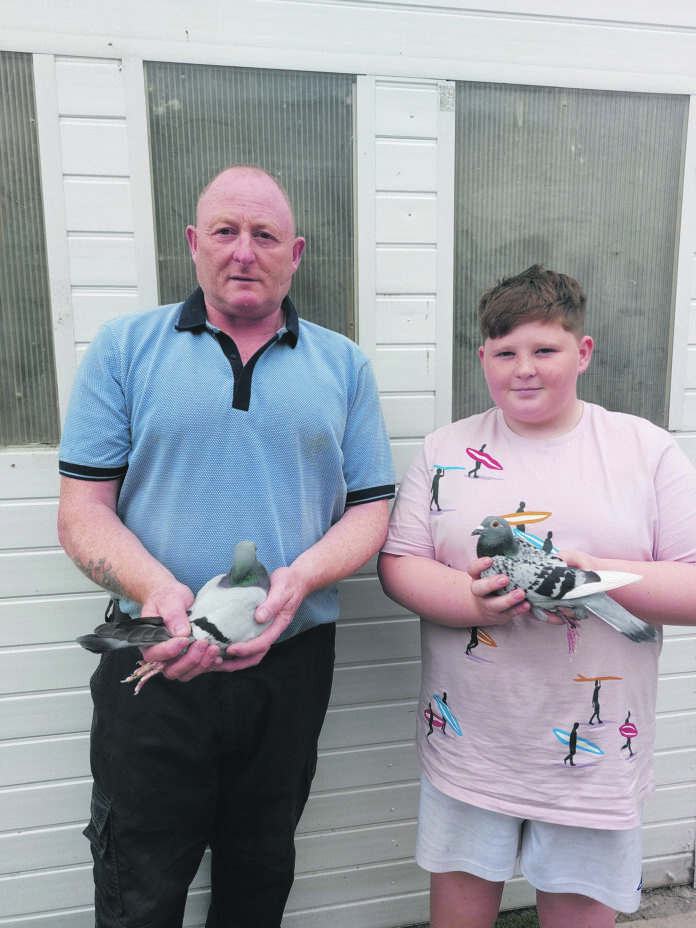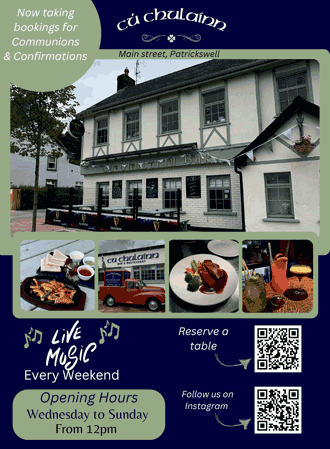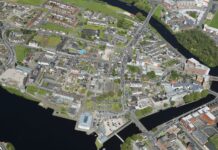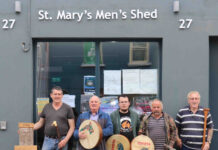
THEY aren’t seen flashing by on expensive bikes or pounding the pavement in hi-viz gear, but the people who love one of the country’s oldest competitive sports are quietly following their passion.
Down in St Mary’s Pigeon Club – founded in 1965 – and more recently the Shannonside Pigeon Club, bird owners are racing pigeons that can fly 450 miles and, more remarkably, find their way back home too.
“And that’s in a straight line,” remarks John Nugent, chairperson of the Shannonside club and prize-winning pigeon racer. “With mountains and all kinds of obstacles in between, it can be more like 700 miles.”
Above all, John says, pigeon racing is “a family sport”.
“One person might own and train the birds, another might feed them and clean up. Whole families love the competitions. Behind every member racing a bird, there’s a team supporting.”
The two clubs are actually one, with the Shannonside members having formed the new arm to see if it was workable to enter European events.
John himself is an example of the ties and friendships which make up the pigeon world.
His medal-winning bird is descended from one given to him by a friend who introduced him to racing in the first place. John was just 14 years of age at the time. More than three decade later, he loves the excitement of the chase as much as ever.
“Looking in from the outside, people don’t realise how competitive it is,” he said. “Whole families get involved. We always encourage the children to take an interest and they do. There are a lot of very good friendships formed.”
It’s not all fun and games though, John notes. “A lot of success is in the breeding but there’s training to do too. People get up at 5am to train the birds before they go to work.”
While the fact that the birds can find their way back to their own loft from massive distances is something of a mystery to the rest of us, owners take teaching that feat a step at a time.
“You start by putting the bird in a basket with water for a couple of hours and let it out. Once you know it’s happy with that, you drive it couple of miles away and watch that it comes home. Then you go further away. It’s all built up a bit at a time,” John explained.
The club members pay a fee of €350 a year to have their birds transported to weekly race release spots during the season, which can often mean driving all over Ireland and the UK.
The club holds weekly meetings and dinners to make sure that everyone who supports the races is included and thanked – particularly the women, who frequently take the back seat and the mucky jobs.
“It’s something families can share and that’s important,” says John.









